More stories

What is Data Loss Prevention (DLP) And How Does It Work
Data loss prevention solutions have evolved significantly in recent years, with cloud DLP providing a cutting-edge solution to protecting sensitive data many companies share over SaaS, IaaS, and PaaS platforms. Here’s what you need to know about data loss prevention and how to implement strict controls in your business.

Ensure data security and compliance in Slack Connect with Nightfall
Slack as a product is constantly expanding with new functionality and integrations. Slack Connect is among the most popular new features Slack introduced in the past year and is growing in popularity because it’s an easy way to stay connected with people you work with outside your organization — in real time with all the features that Slack offers.

Vulnerability Management Lifecycle, Process, and Best Practices
The vulnerability management lifecycle reflects the fact that cyber defense is a full-time occupation. Vulnerability management should be iterative, with constant monitoring, documentation, and review of your organization's security protocols and defense. From updating your software to recording new patches, vulnerability management is a constant process that benefits from automated tools like Nightfall.

5 Types of Social Engineering Attacks and How to Mitigate Them
Social engineering is a type of cyber attack that targets people to gain access to buildings, systems, or data. Social engineering attacks exploit human vulnerabilities to get inside a company’s IT system, for instance, and access its valuable information.

7 Indicators of Compromise: The Essential List for Breach Detection
Indicators of compromise are the red flags of the information security world. These helpful warnings allow trained professionals to recognize when a system may be under attack or if the attack has already taken place, providing a way to respond to protect information from extraction.

How to secure codebases from secrets exfiltration
The Nightfall blog is a knowledgebase for cybersecurity professionals with news and insights from the world of cloud security. Each week we’re publishing new content to help you stay up-to-date on cybersecurity topics and to prepare you for the issues and threats that occur every day on the job.

How to Comply with Facebook’s New Data Protection Assessment
Recently, Facebook announced a new initiative aimed at protecting how its users’ data is managed across its platforms: the Data Protection Assessment. The assessment consists of a questionnaire for apps that access advanced permissions and specifically focuses on how developers protect, share and use platform data.

Developing Secure Web Applications: 6 Best Practices
When businesses think about maintaining cybersecurity, the first thing that comes to mind is often endpoint and network security. However, web application security is becoming increasingly important. There have been numerous high-profile attacks on web applications in recent years; in 2020, for instance, the Twitter accounts of famous people were compromised as part of a bitcoin scam.

Nightfall’s data protection & classification platform enables SOC 2 compliance
Security teams that work in highly regulated industries or build solutions for consumers must adhere to compliance controls and regimes required for their business. One of the most important compliance requirements for many companies is the SOC 2 audit. The SOC 2 audit provides detailed information and quality assurance about essential security factors such as the confidentiality of data under your organization's stewardship, privacy controls, and many other standards.

ICYMI: 4 lessons for securing codebases from secrets exfiltration
Last month we hosted a webinar dedicated to discussing the issue of codebase security. As trends like secrets and credential exfiltration continue to be of concern within systems like GitHub, threats, such as cryptojacking and supply side attacks, have become more of a problem.

Prevent secrets, credentials, and PII leaking in application logs with the Nightfall Developer Platform
Infosec leaders have a lot of corners to cover in their cybersecurity strategy. When crafting the tactics and onboarding the platforms that will protect sensitive information, the checklist of requirements could be missing a very important vector for attack, compliance risk or data loss: application logs.

The NIST Cybersecurity Framework: Security Checklist And Best Practices
The National Institute of Standards and Technology (NIST) is part of the US Department of Commerce and was founded in 1901. NIST was originally established to help the U.S. industry become more competitive with economic rivals and peers, such as the UK and Germany. NIST prioritizes developing measurements, metrics, and standards for technology used in different industries.

Preventing data loss in data warehouses with the Nightfall Developer Platform
Data warehouses power your data analysis and business intelligence operations so you can level up your knowledge and progress toward bigger business goals. Like any key component of your tech stack, using data warehouses effectively also requires care and caution — especially when uploading and sharing sensitive information.

The Essential Guide to Secrets Scanning
While API keys are a necessary part of modern software development, they can also be a major security risk. If an attacker is able to steal an API key, they can gain access to the data and resources that key is meant to protect. There are a number of steps you can take to protect your API keys, secrets, and credentials and prevent them from being stolen. One such method that we will cover in depth in this guide is secret scanning.

5 Stages of the Vulnerability Management Process
The threat landscape in IT is ever-evolving, with new risks arising practically daily. Trying to anticipate the next type of threat can feel a little like playing whack-a-mole. Instead, IT teams are focusing on vulnerability management: reducing the opportunities for hackers and other bad actors to find a weakness in cyber defenses.

SaaS Data Loss Prevention: What is it and Why is it Important?
With the rise of cloud-based applications, data loss prevention (DLP) has become an increasingly important part of information security. DLP refers to the policies and technologies used to prevent sensitive data from being lost or stolen. In the context of SaaS, this can include both the security measures implemented by the SaaS provider and the steps taken by the customer to protect their data. In this blog post, we'll provide a more detailed overview of what SaaS DLP is, why it's important, and how you can go about setting up a DLP strategy for your business.

Understanding Sensitive Data Discovery: Classification and Tools
In its 2022 Cost of a Data Breach report, IBM notes that for 83% of companies, it’s not if a data breach will happen — but when. The sheer volume of data, as well as the difficulty in monitoring shadow IT and the shift to remote work, means that IT security teams face a persistent and ever-changing risk landscape that makes it extremely difficult to keep information secure.

Covered Entities vs Non-Covered Entities Under HIPAA
The Health Insurance Portability and Accountability Act (HIPAA) was enacted in 1996 and sets forth a comprehensive set of standards for protecting sensitive patient health information. The Privacy Rule applies to all entities that fall within the definition of a "covered entity", which generally includes healthcare providers, health plans, and clearinghouses.

What is the FTC Safeguards Rule?
The FTC Safeguards Rule, is a set of regulations promulgated by the Federal Trade Commission in order to protect the privacy of consumers' personal information. The Rule requires financial institutions to develop, implement, and maintain a comprehensive information security program designed to safeguard customer information.

Establish an Efficient DLP Policy With These 5 Best Practices
Strong data loss prevention requires two things: a strong policy that guides user actions and permissions, and the tools to monitor and manage data security. Many organizations know they need to invest in software, platforms, and other security settings to create secure networks, endpoints, and cloud settings. But not every organization has a strong DLP policy to guide these tools.

Why Data Loss Prevention strategy is core to successful M&A
When two companies merge, there is typically a lot of data that needs to be transferred between the two organizations. This data may include confidential information such as customer records, financial reports, and employee data. If this data falls into the wrong hands, it could be used to commit fraud or theft. That's where data loss prevention (DLP) comes in.

Your Definitive Guide to Data Security Posture Management (DSPM)
With high-profile data breaches making headlines on a regular basis, it's no wonder that data security is top of mind for so many organizations. But what exactly is data security posture management (DSPM)? In this blog post, we'll take a closer look at DSPM and how it can help your business keep its data safe and secure.

The Importance of Email DLP for Remote Organizations
Email is a popular channel for hackers: phishing attacks and malware usually originate from email. In 2022, Verizon found that 82% of breaches involved the human element: phishing emails and ransomware delivered via email continue to plague organizations of all sizes.

What Is Cloud DLP And Why Do You Need It For Remote Work?
Remote work is not going away. Depending on who you ask, experts believe 35% - 65% of the US workforce will continue to work remotely, permanently. Remote work was a trend that began well before the pandemic and will continue to be the preferred way to work for companies and employees alike.

Now Available: Nightfall Expands Data Security and Compliance for Salesforce Customers
By design, Salesforce is an environment where customer PII and other sensitive information must be shared and stored. However, compliance regulations like PCI DSS, HIPAA, GDPR, CCPA, and others limit this storage and usage of customer data to only what’s justifiably required for an organization to carry out its duties.

Uber Investigating Alleged Breach of Critical SaaS and Cloud Security Systems
On Thursday evening, around 6:25 PM, Uber announced that it was responding to a cybersecurity incident. While Uber hasn’t gone into details about what happened, the purported threat actor has openly corresponded with several security professionals, including Sam Curry at Yuga Labs, Corben Leo at Zellic.io and The New York Times.

Protected Health Information (PHI) detector for digital healthcare datasheet
Healthcare organizations require an effective way to scale HIPAA compliance enforcement across their cloud applications without excessive time and resource commitment. This requires a high-accuracy solution capable of parsing context to identify PHI violations as they are defined by HIPAA

Guide to HIPAA Compliance on Slack
Data loss prevention (DLP) is an important part of data security and compliance in the cloud, especially for organizations regulated by HIPAA. Furthermore, healthcare teams using Slack must follow specific guidelines laid out in Slack’s Business Associate Agreement (BAA).
.webp)
Guide to Data Loss Prevention (DLP) for Jira
Data loss prevention (DLP) is an important part of data security and compliance in the cloud, especially for organizations using SaaS applications that store high volumes of data. Companies turn to DLP solutions to discover, classify, and protect their sensitive data in environments like Jira, and maintain compliance with regimes like GDPR, CCPA, PCI, and more.

Guide to Data Loss Prevention (DLP) in Google Drive
Data loss prevention (DLP) is an important part of data security and compliance in the cloud, especially for organizations using SaaS applications that store high volumes of data. Companies turn to DLP solutions to discover, classify, and protect their sensitive data in environments like Google Drive, and maintain compliance with regimes like GDPR, CCPA, PCI, and more.

Data Security with the Nightfall Developer Platform
As a result of growing data breaches governments across the world are beginning to implement compliance regimes which require organizations to understand the quantity and nature of that data they’re ingesting. The Nightfall developer platform is designed to help organizations accomplish this with APIs that allow developers to stream data to our machine learning detectors for classification.

The Business Case for Cloud Data Protection
As organizations continue to rapidly adopt SaaS and cloud infrastructure, IT and security teams are becoming stretched. The expanding universe of business-critical cloud applications creates increased risk for the exposure of sensitive data like PII, PHI, as well as secrets and credentials. Cloud data protection is essential to ensuring employees follow best practices for handling sensitive data and that systems are configured in a manner that prevents unauthorized access.


.png)


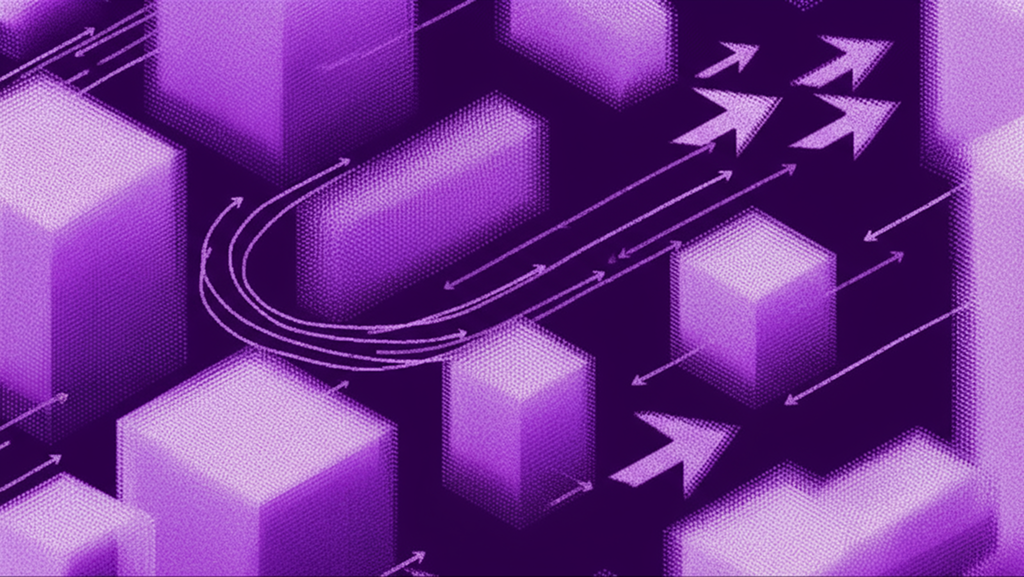
.png)
.png)
.png)
.png)
.png)
.png)
.png)
.png)
.png)
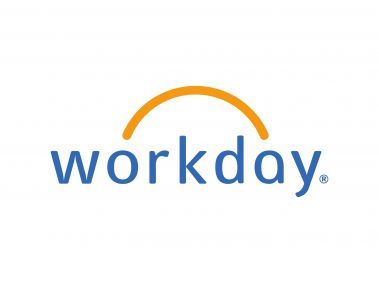

.png)
.png)
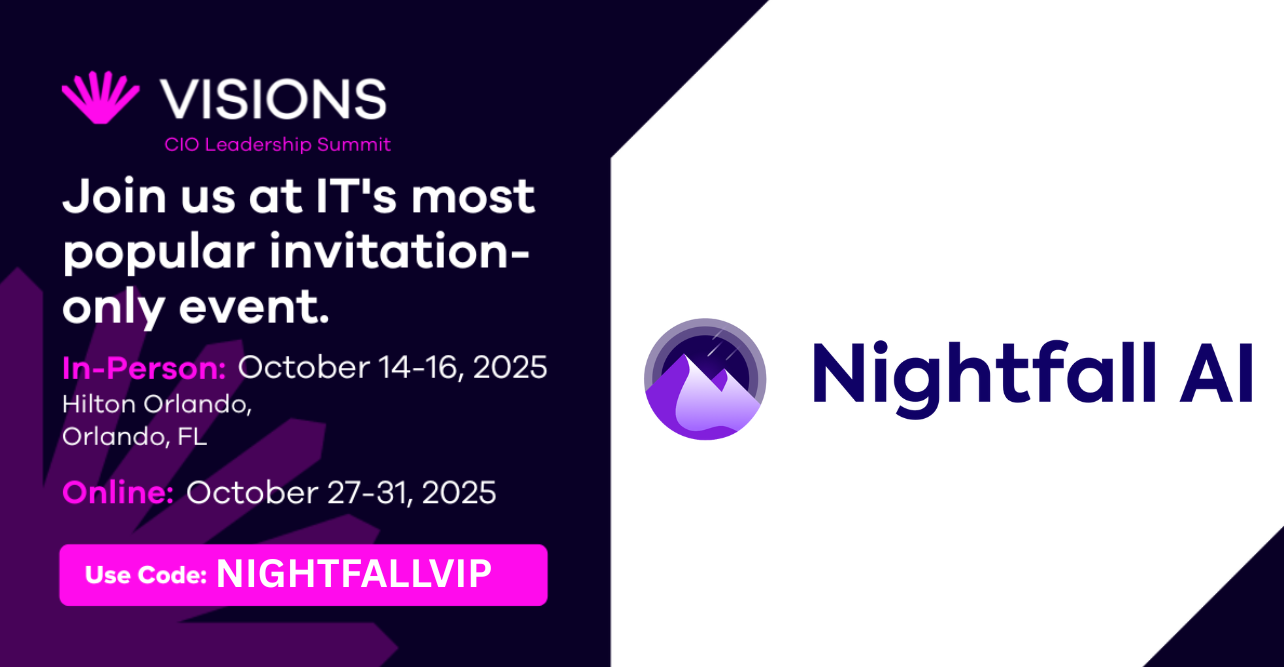
.png)

.png)


.png)
.png)
.png)
.png)




.png)
.png)


.png)








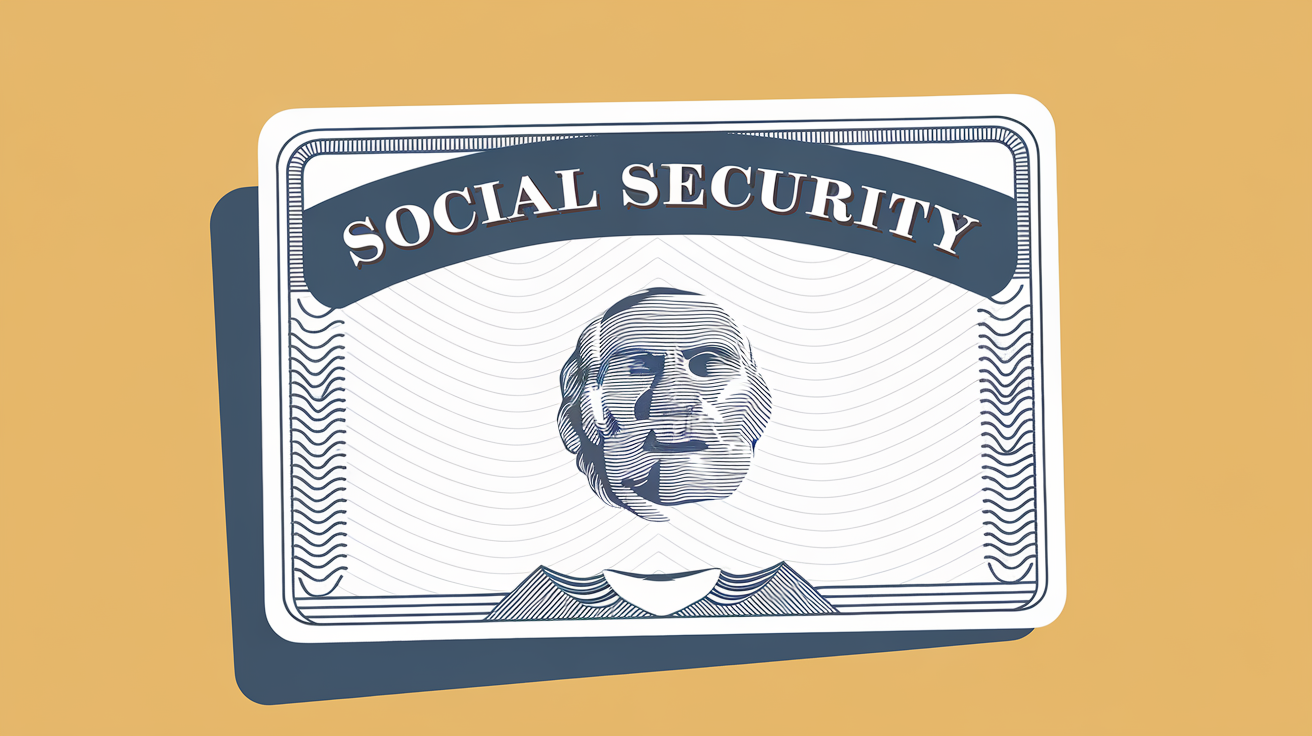



































































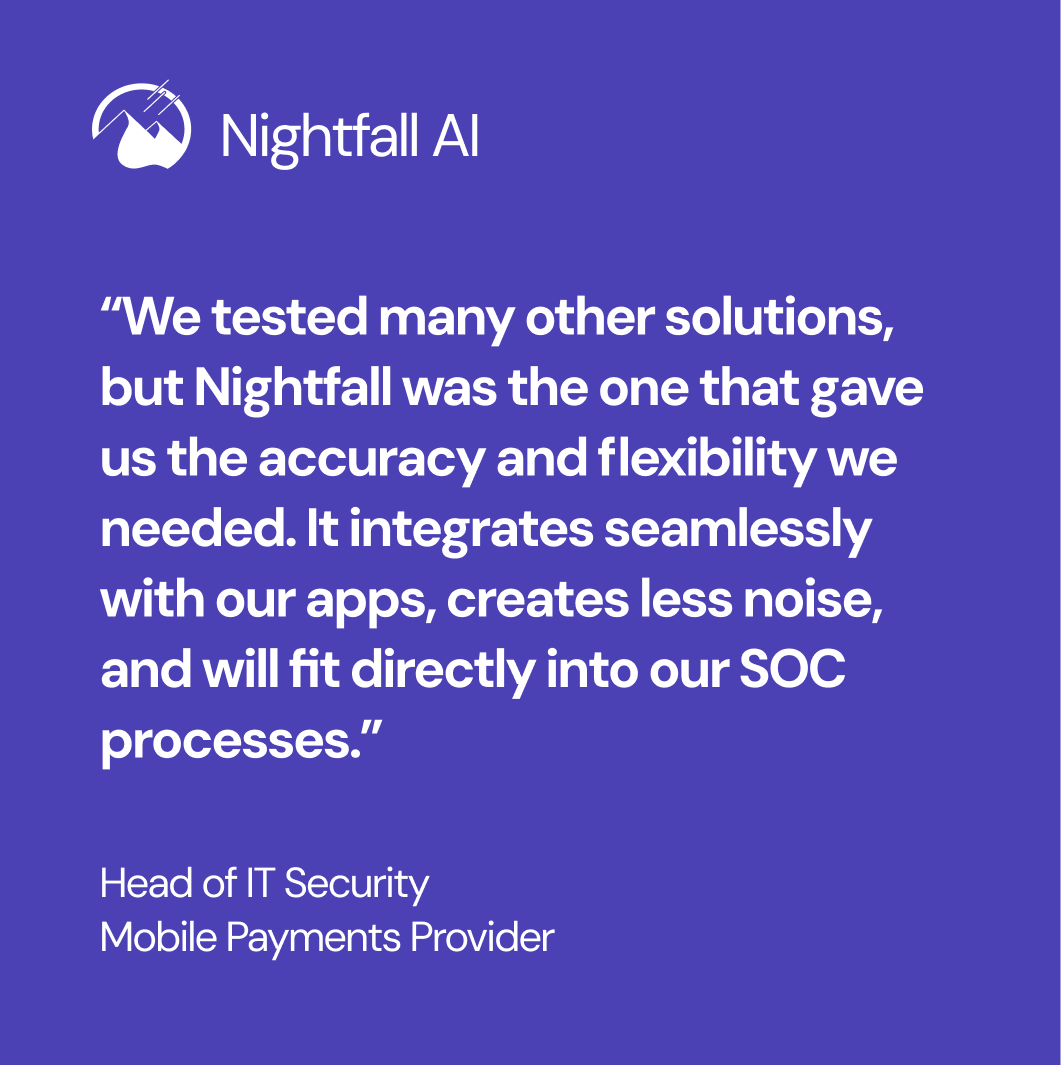
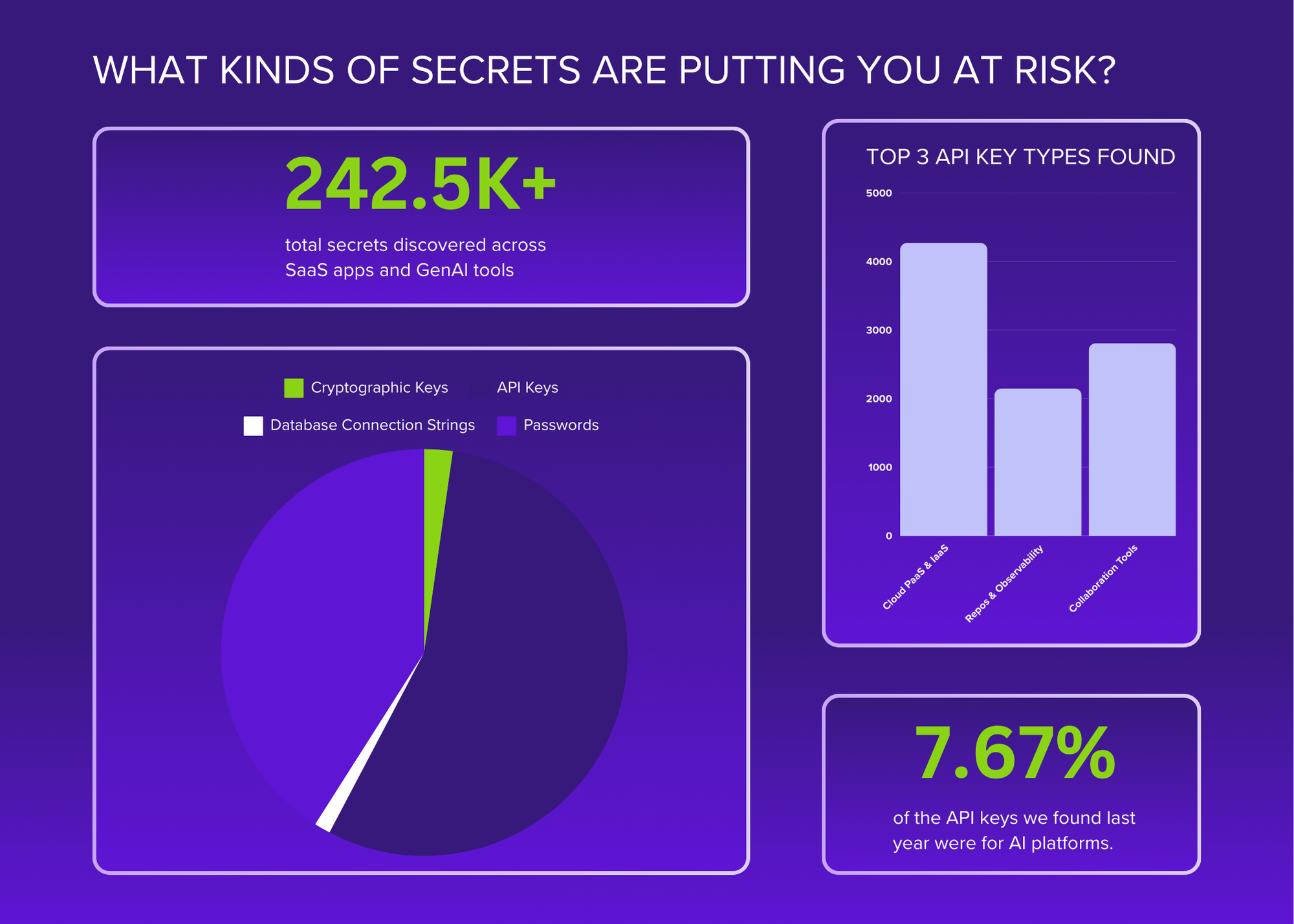
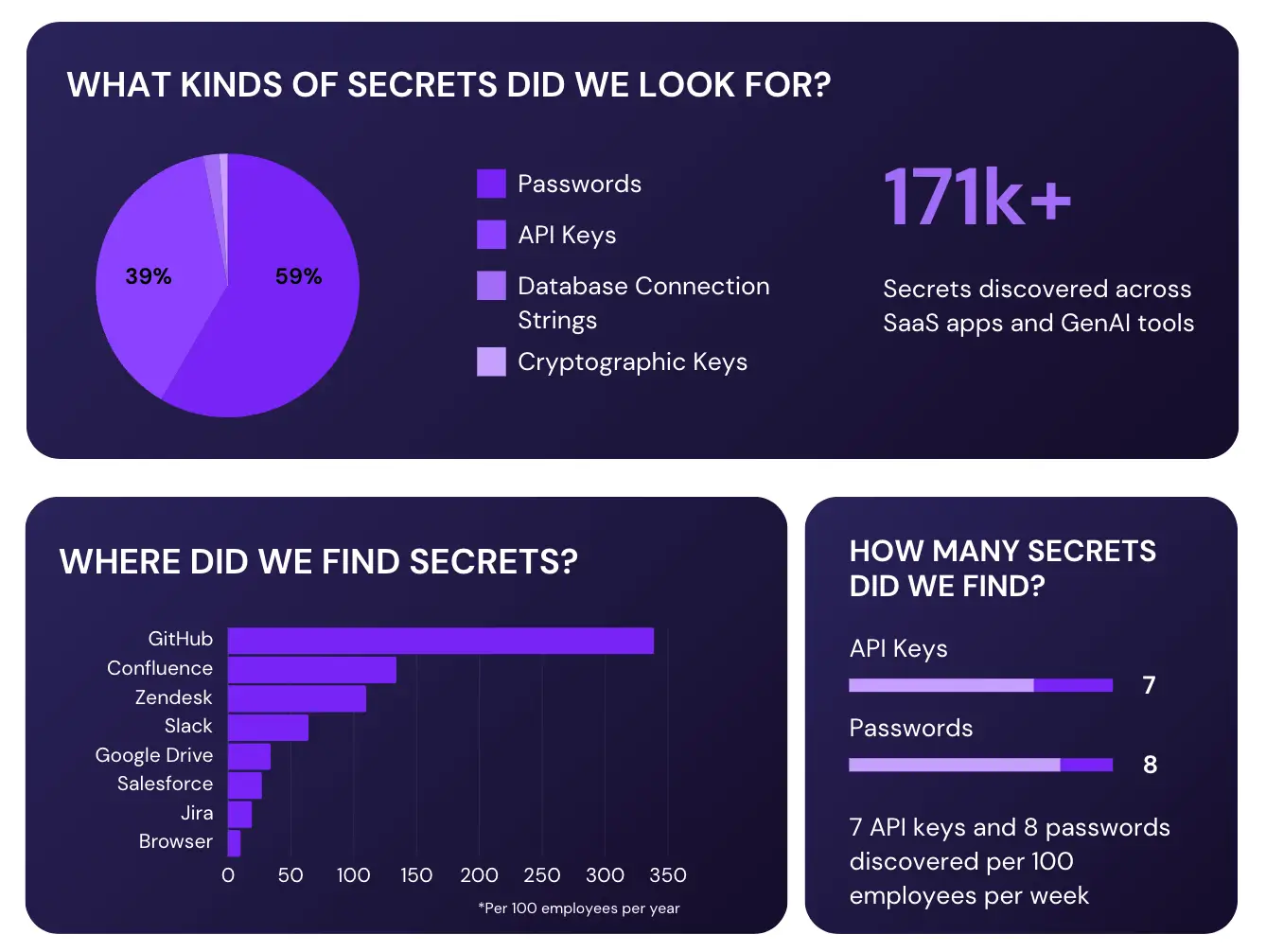





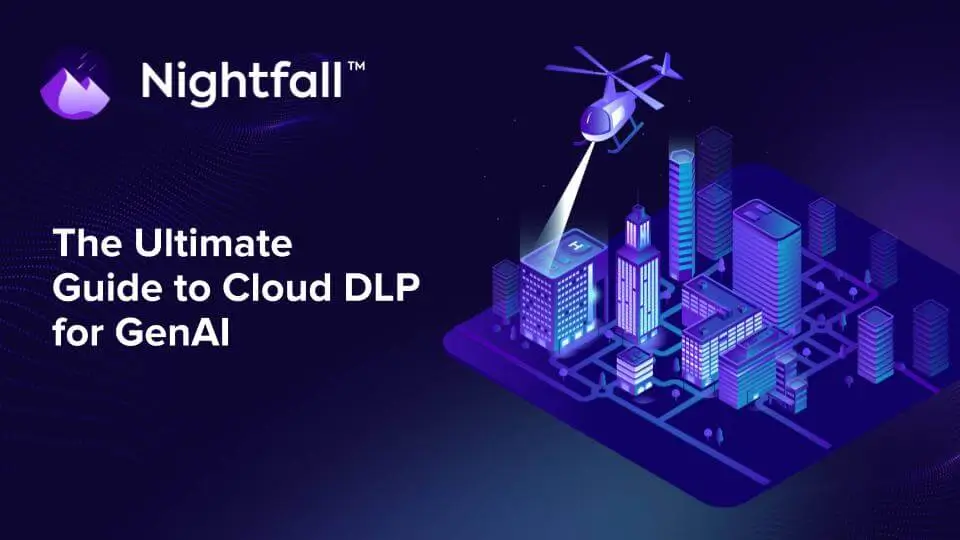














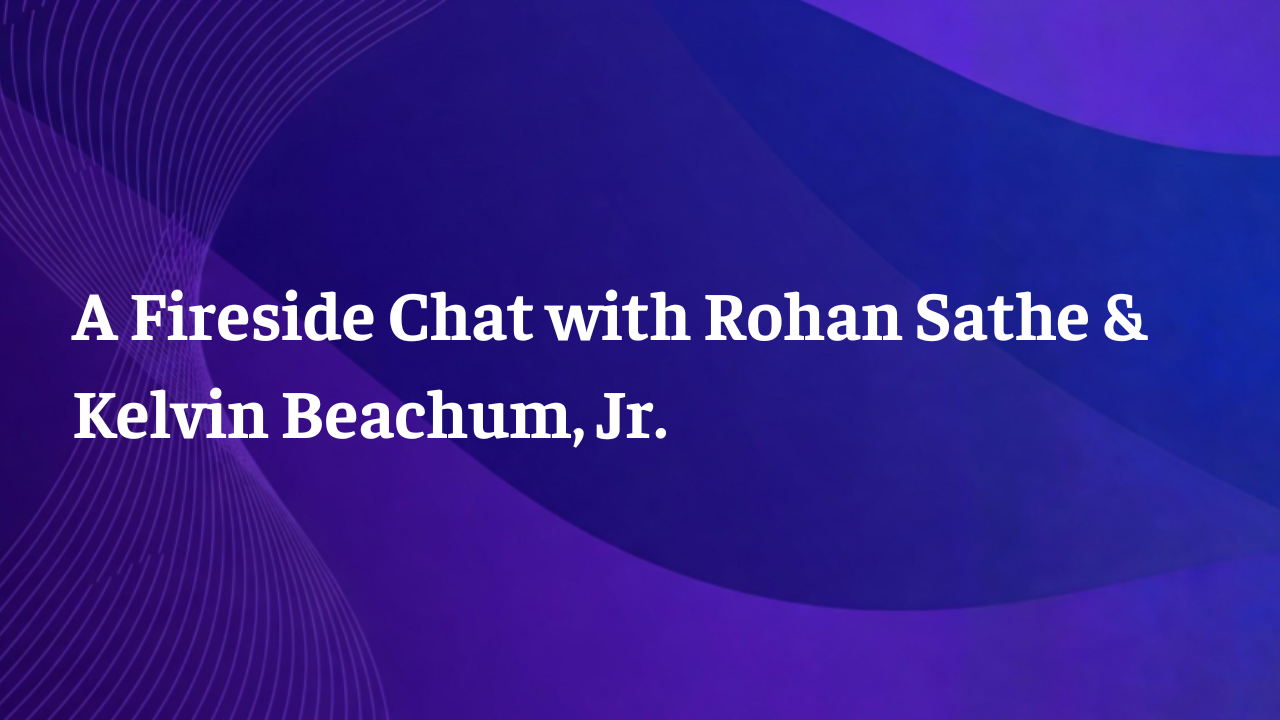
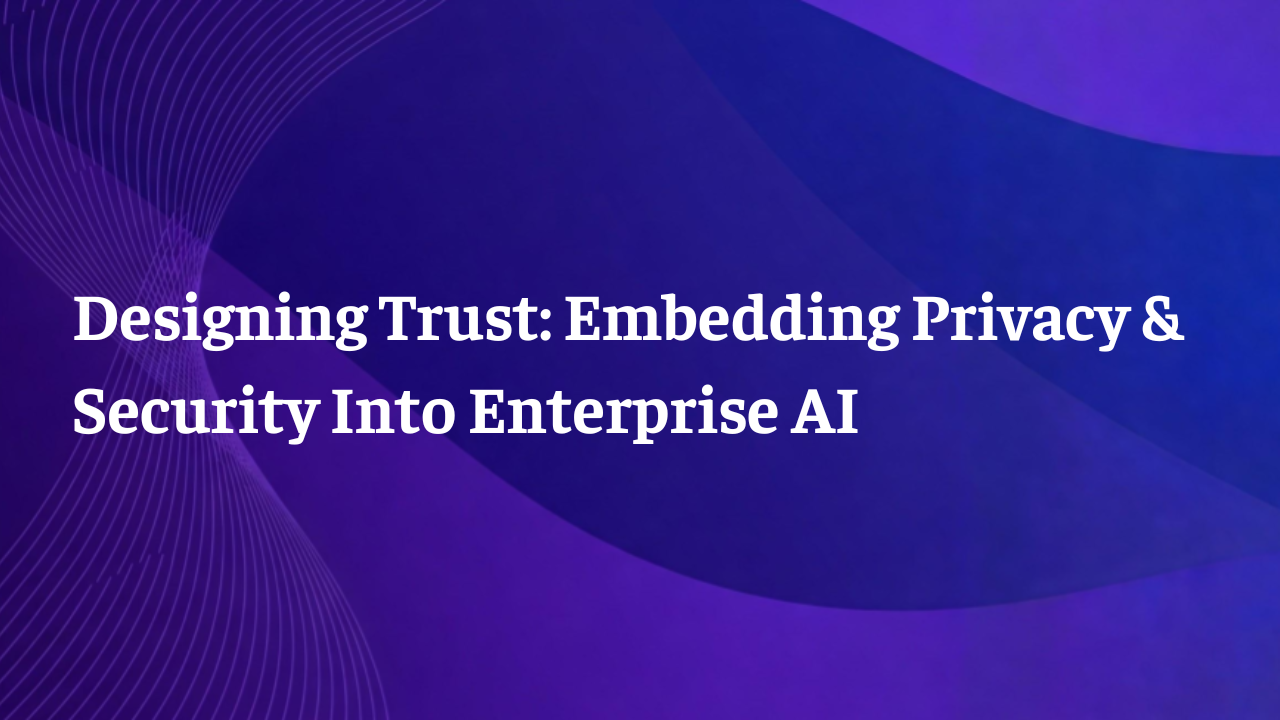
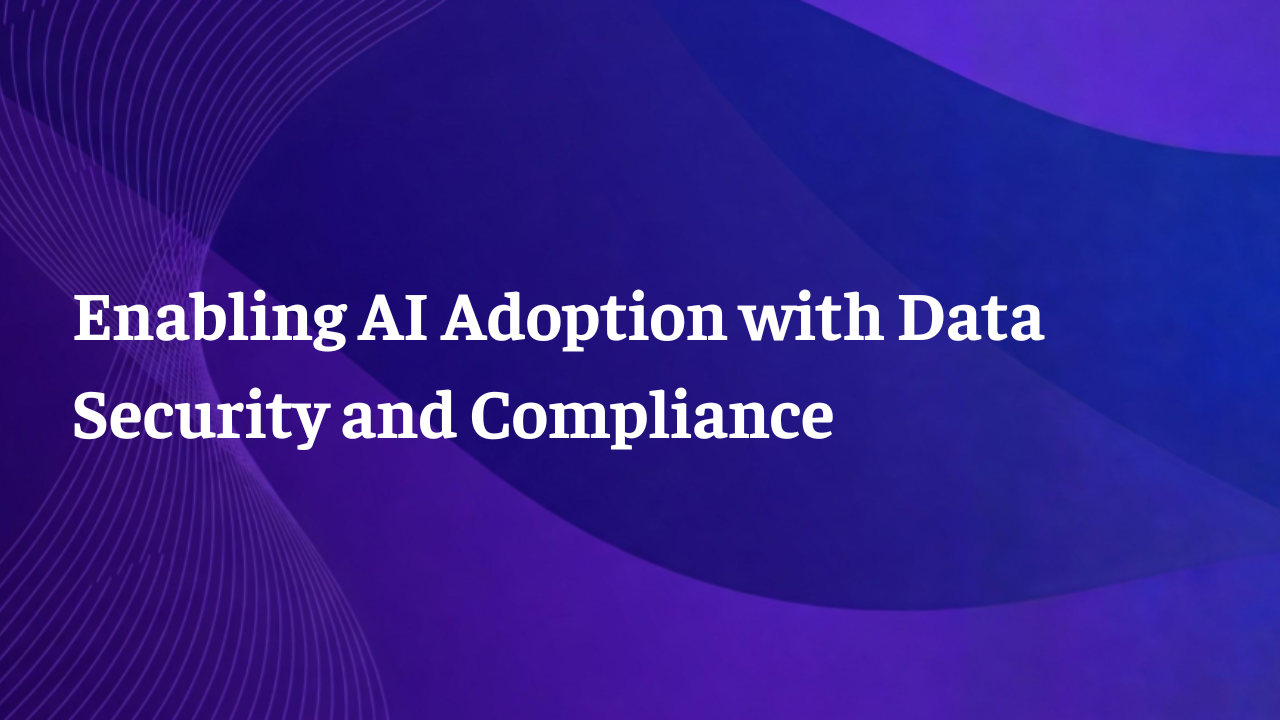
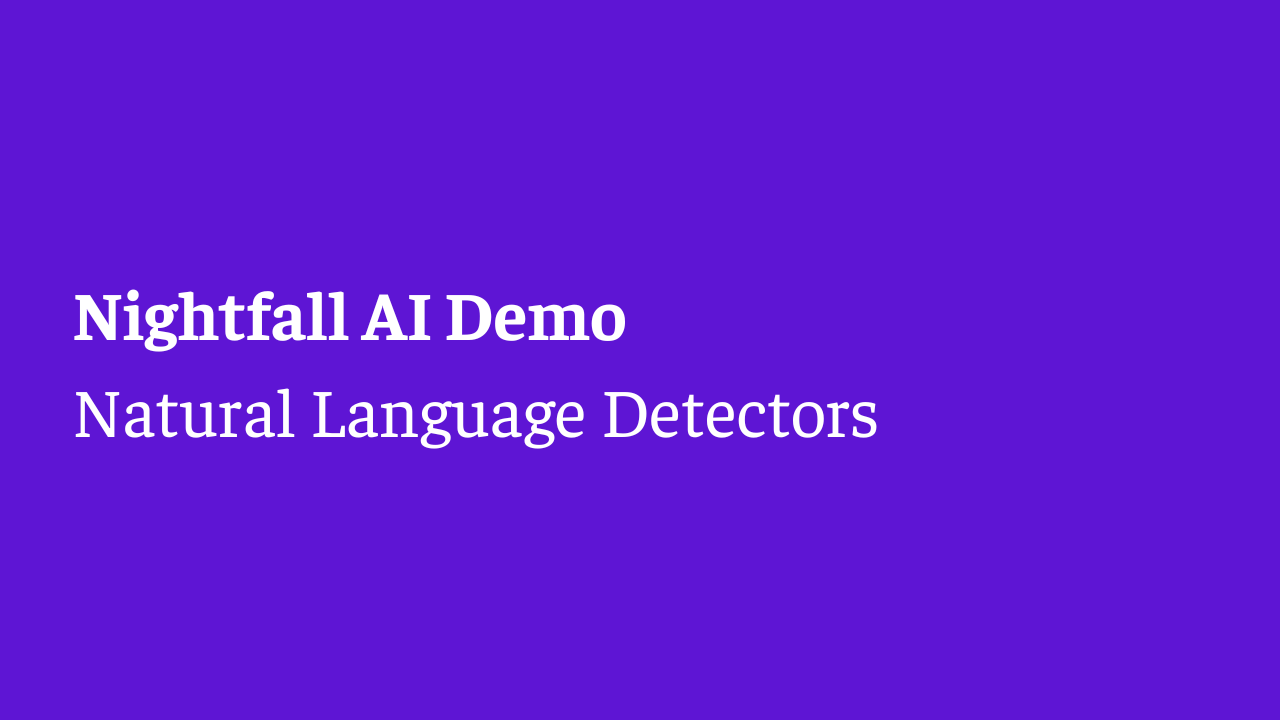

.png)
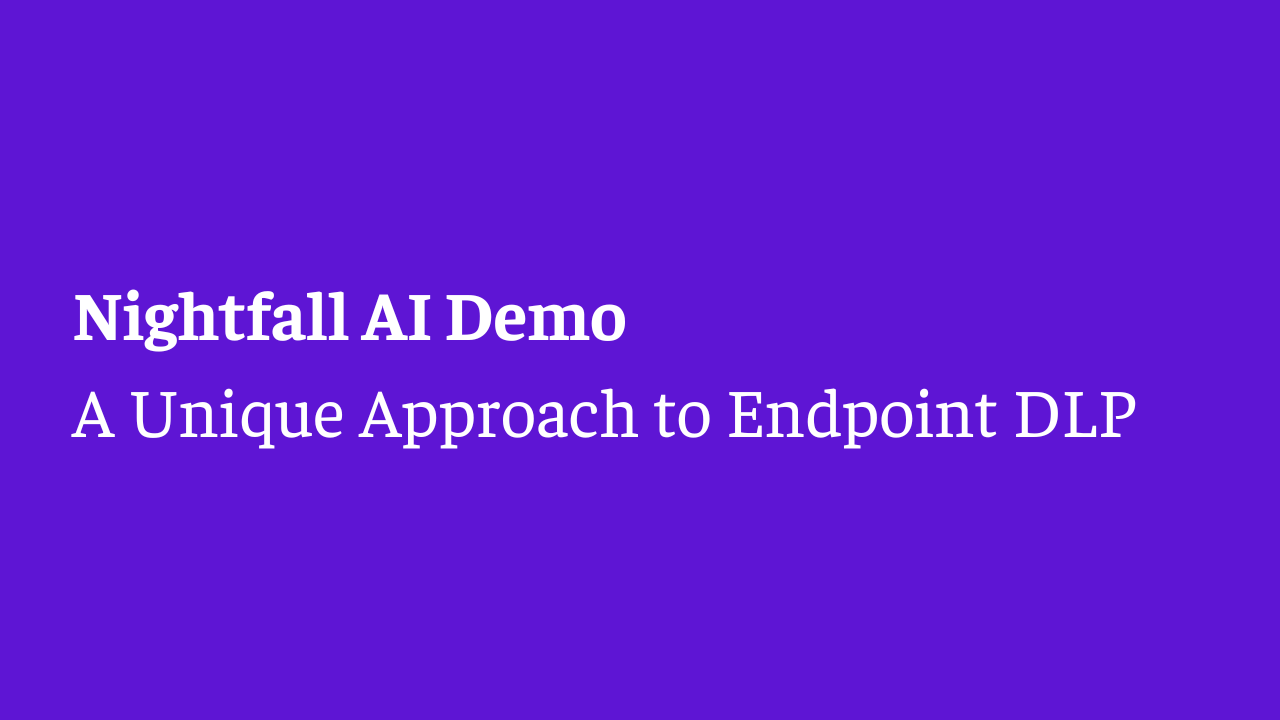
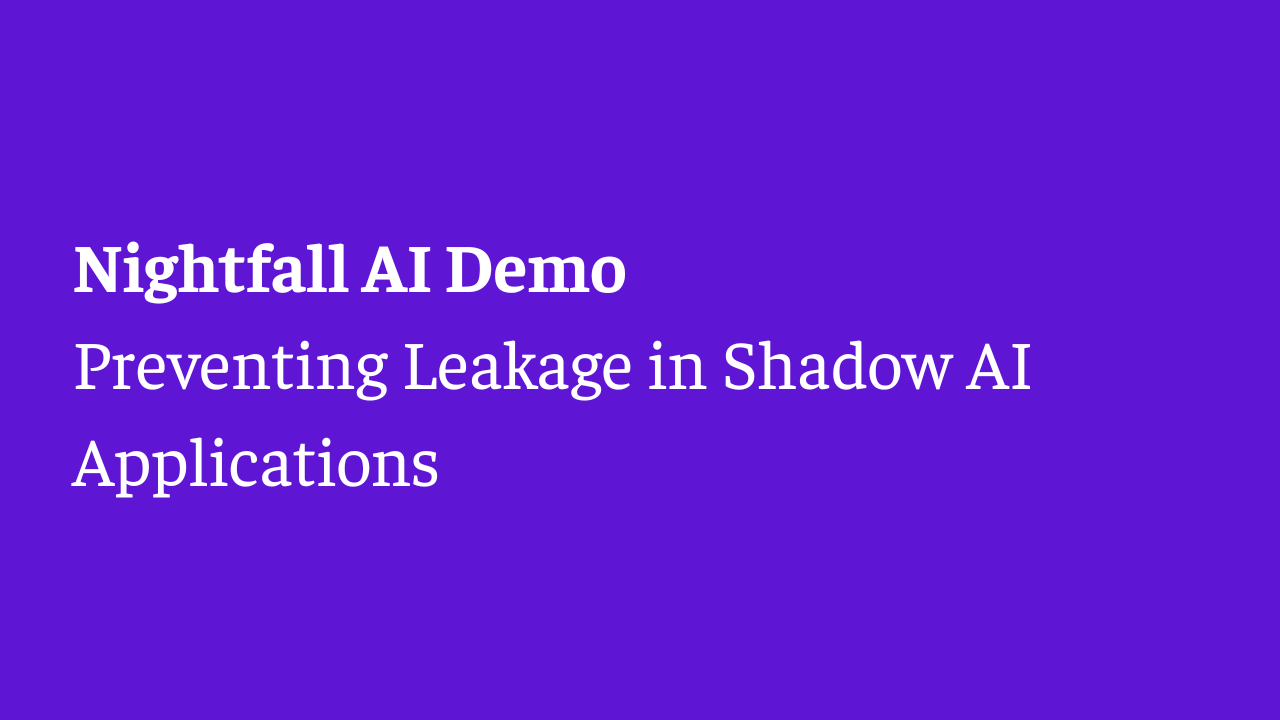
.png)
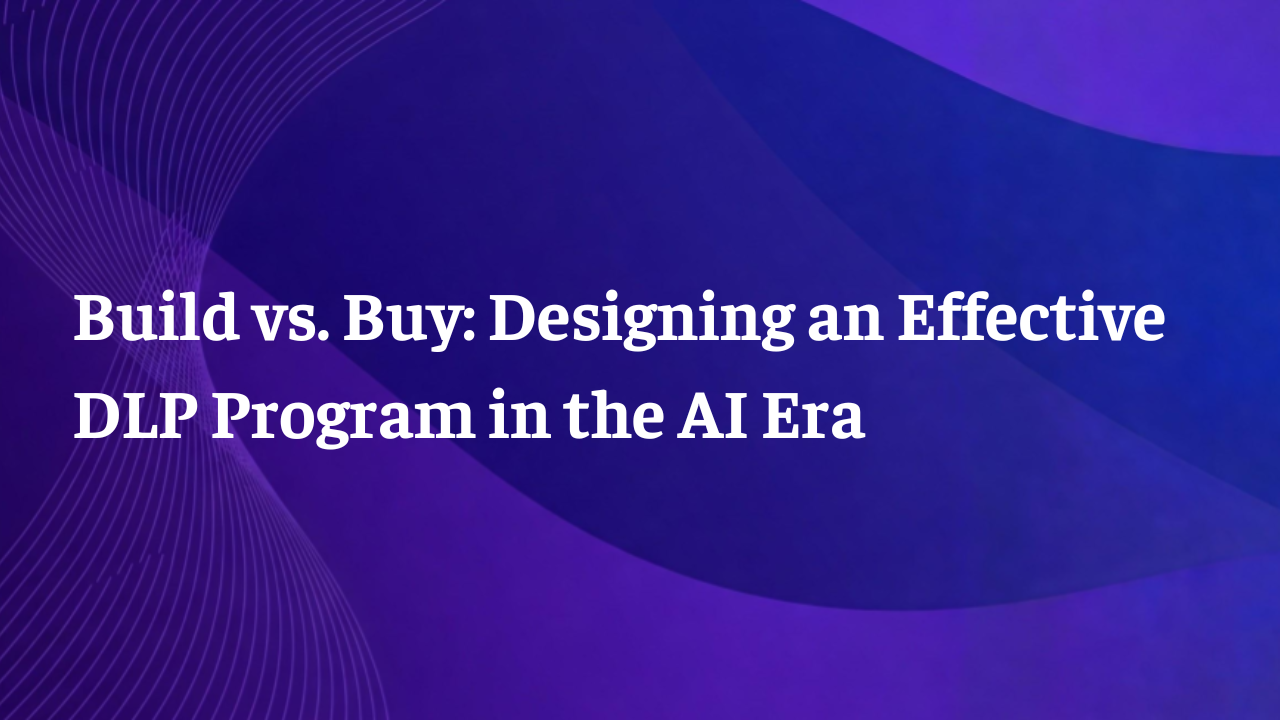
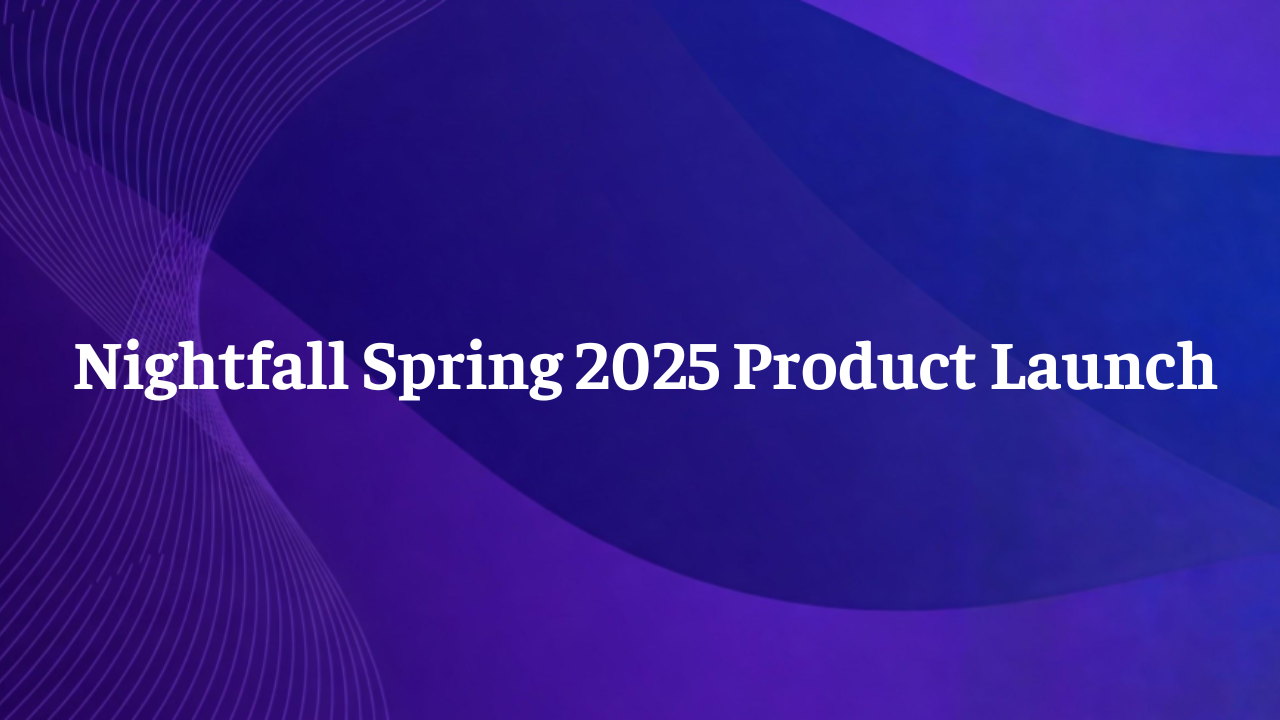
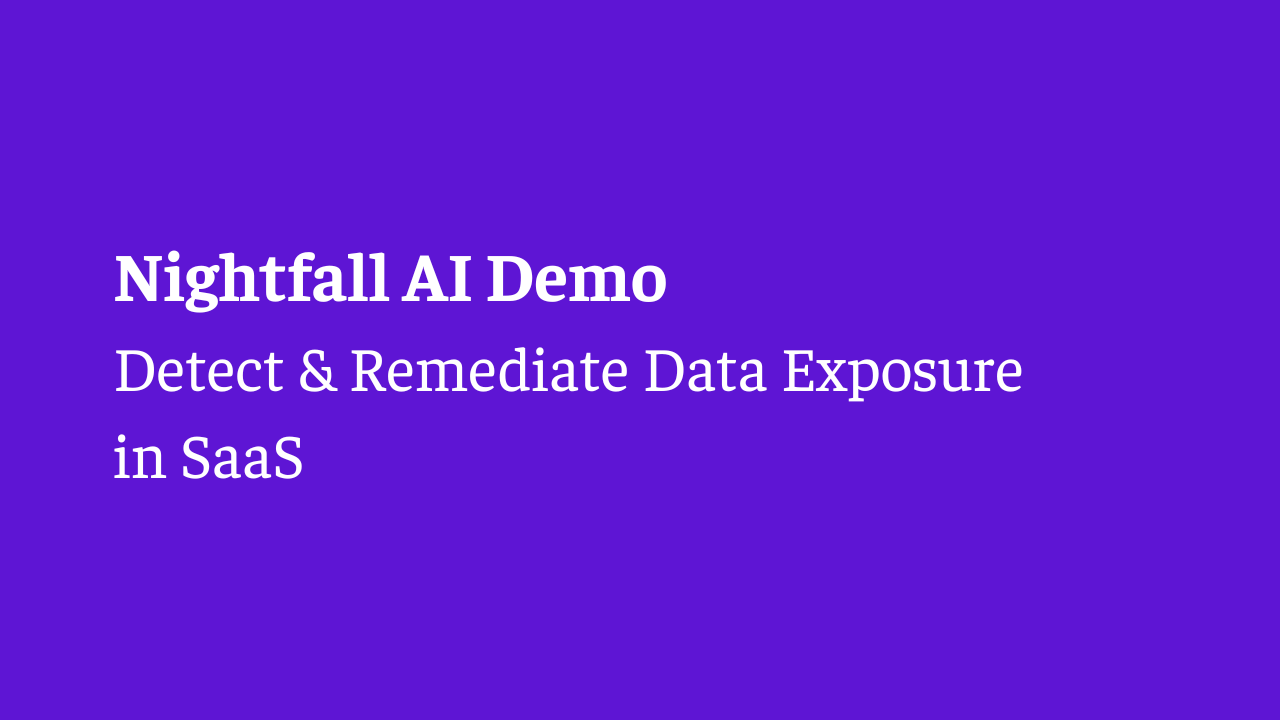
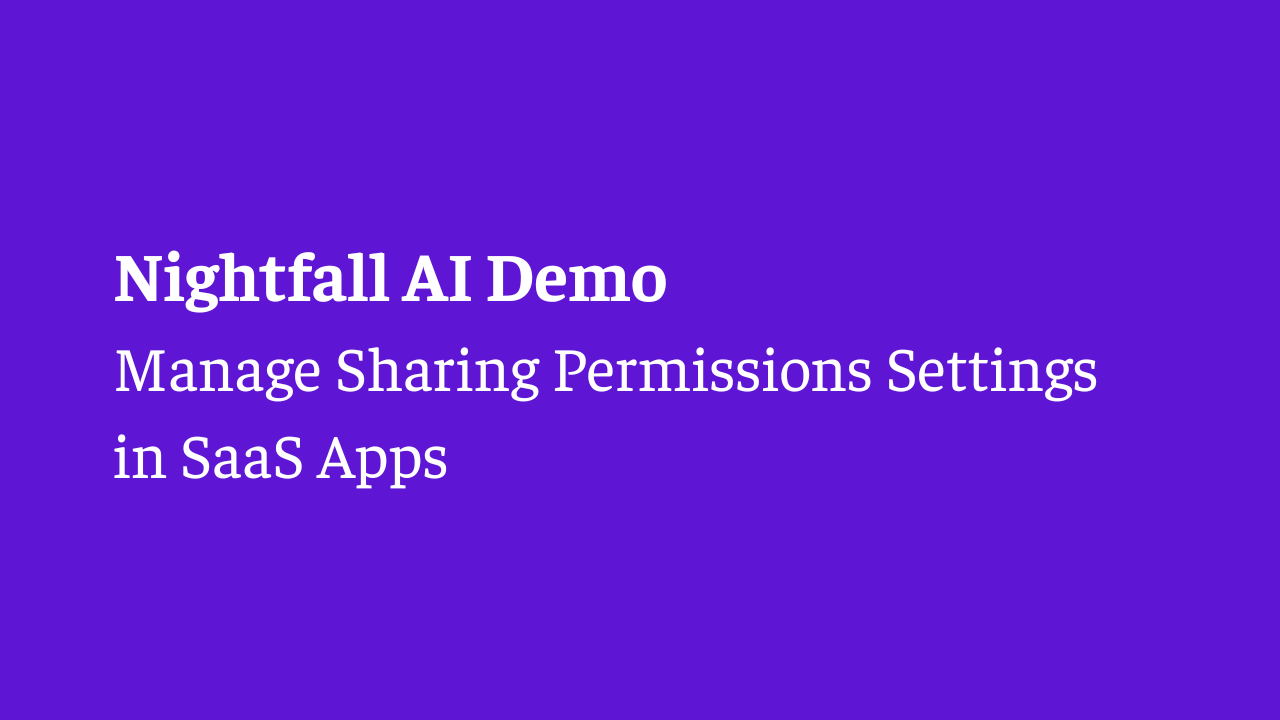

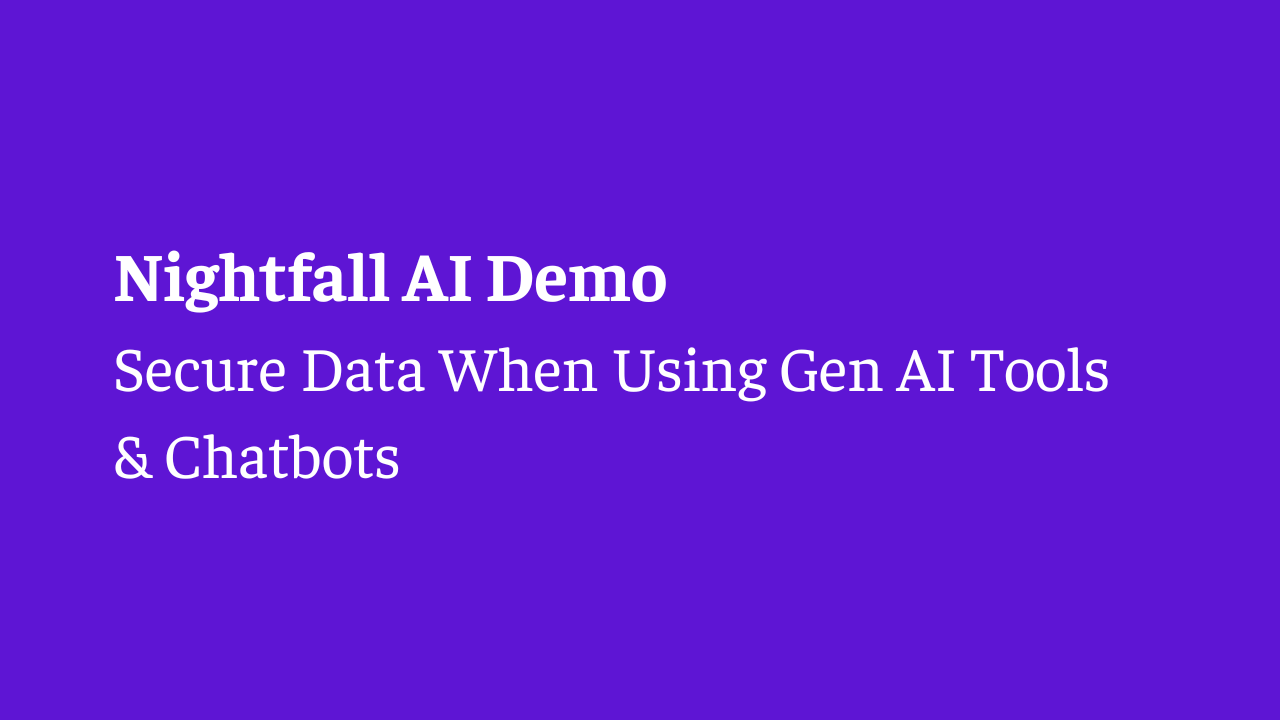
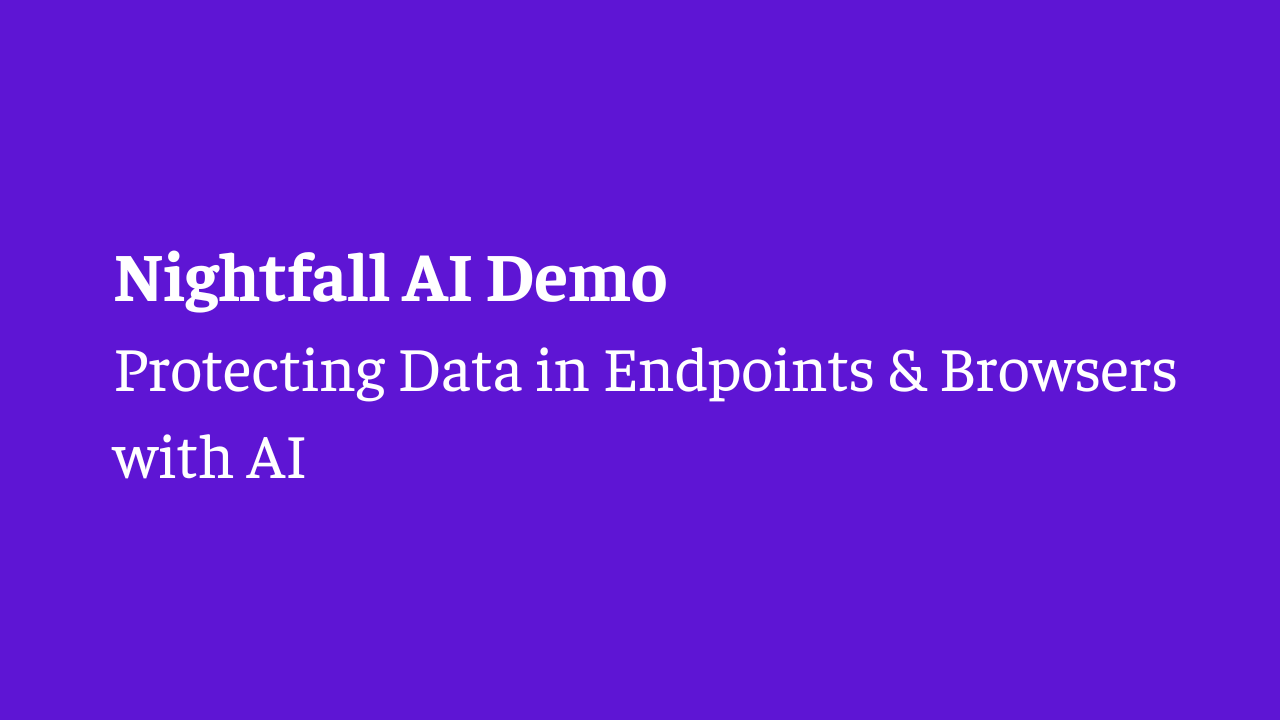
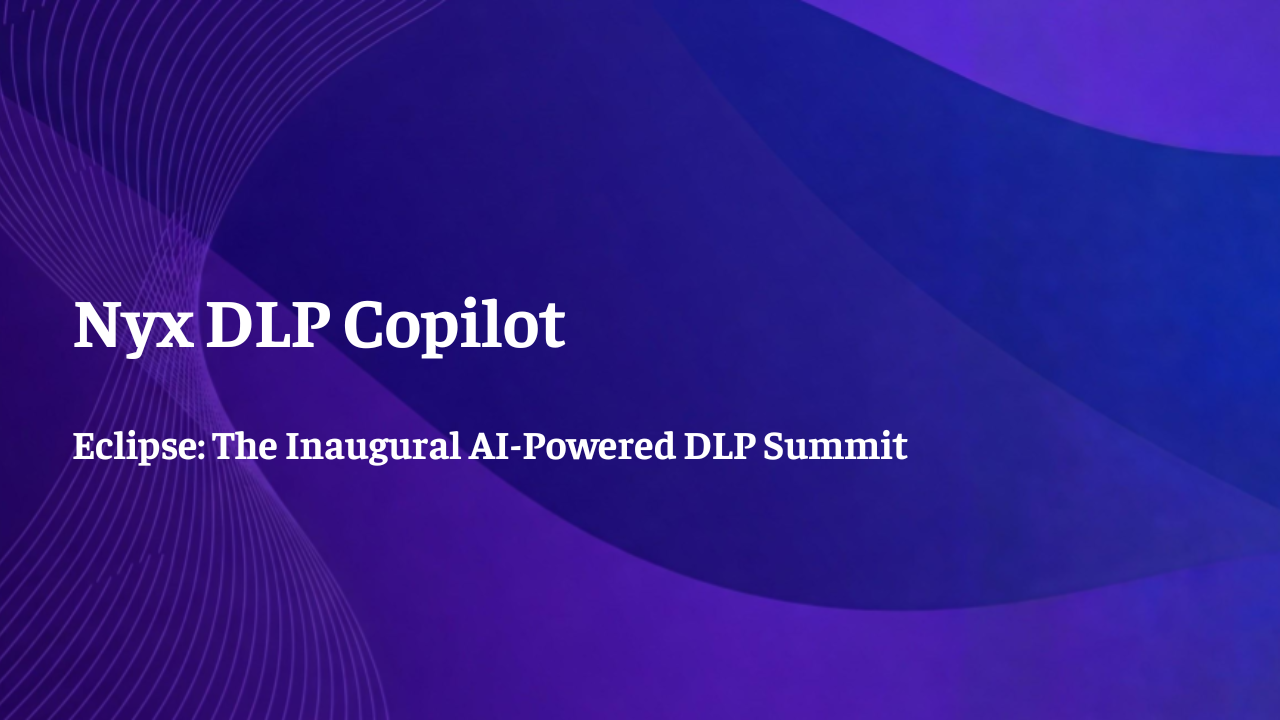
.png)
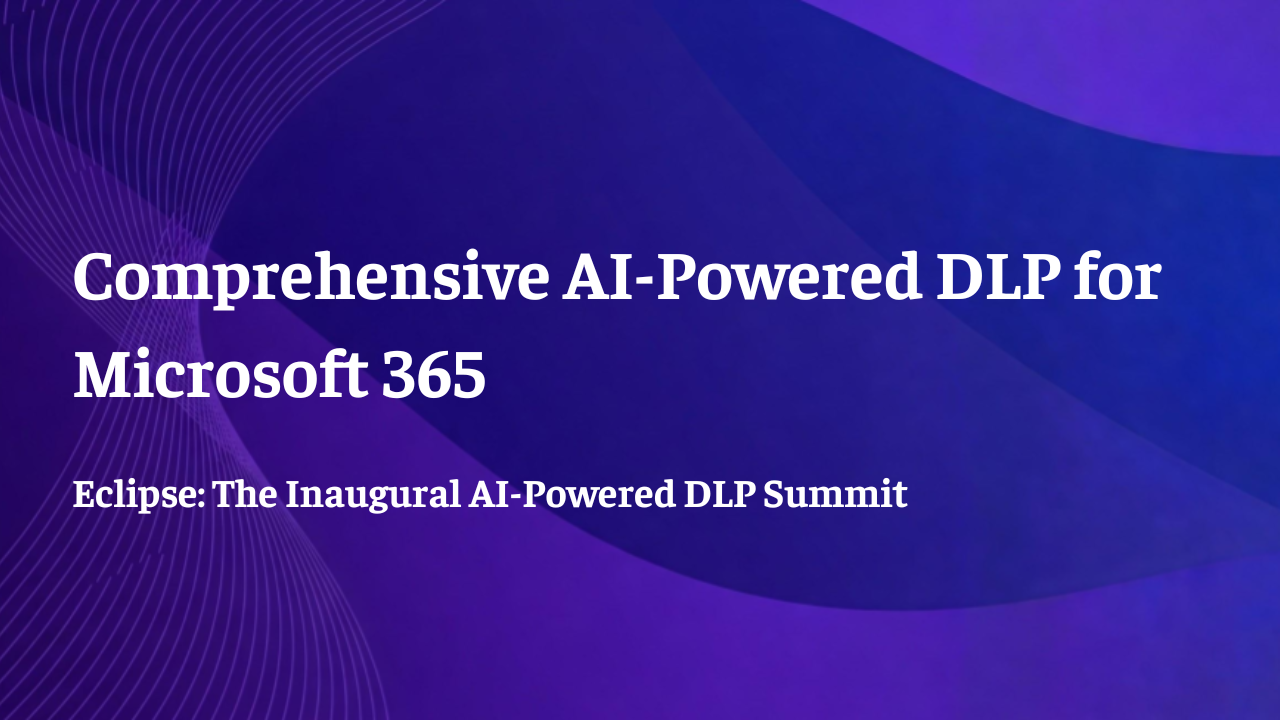
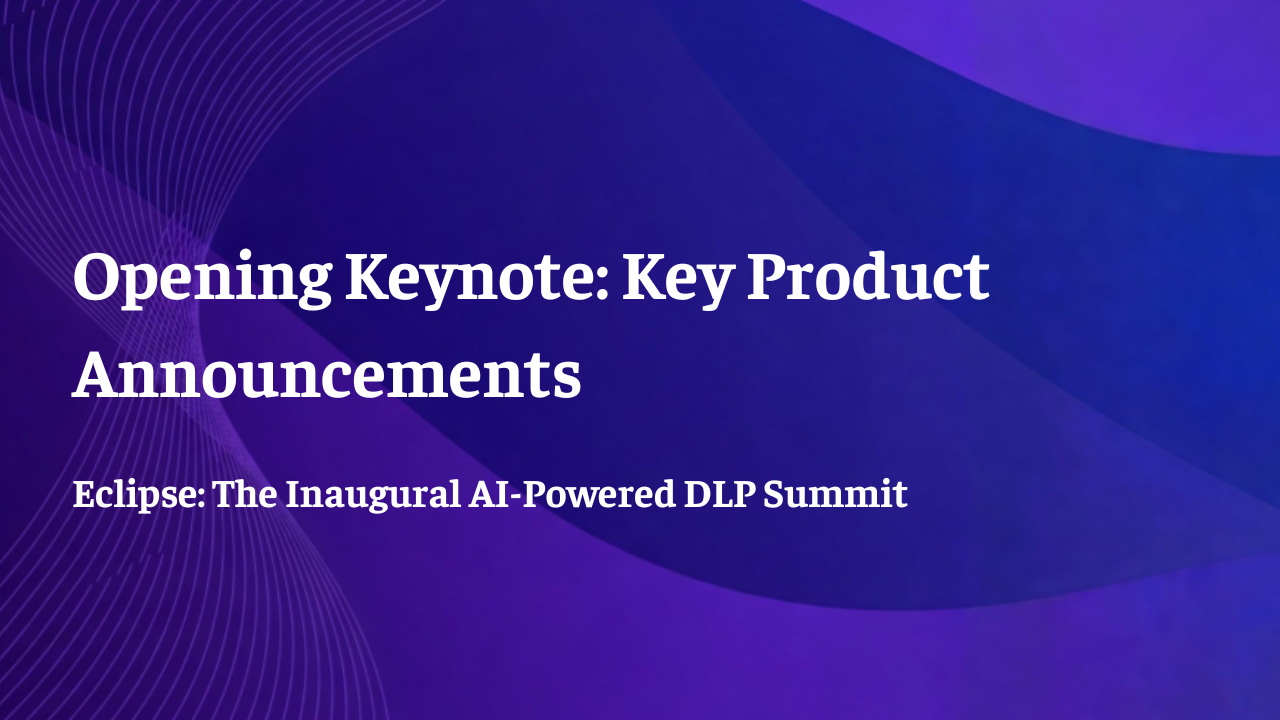

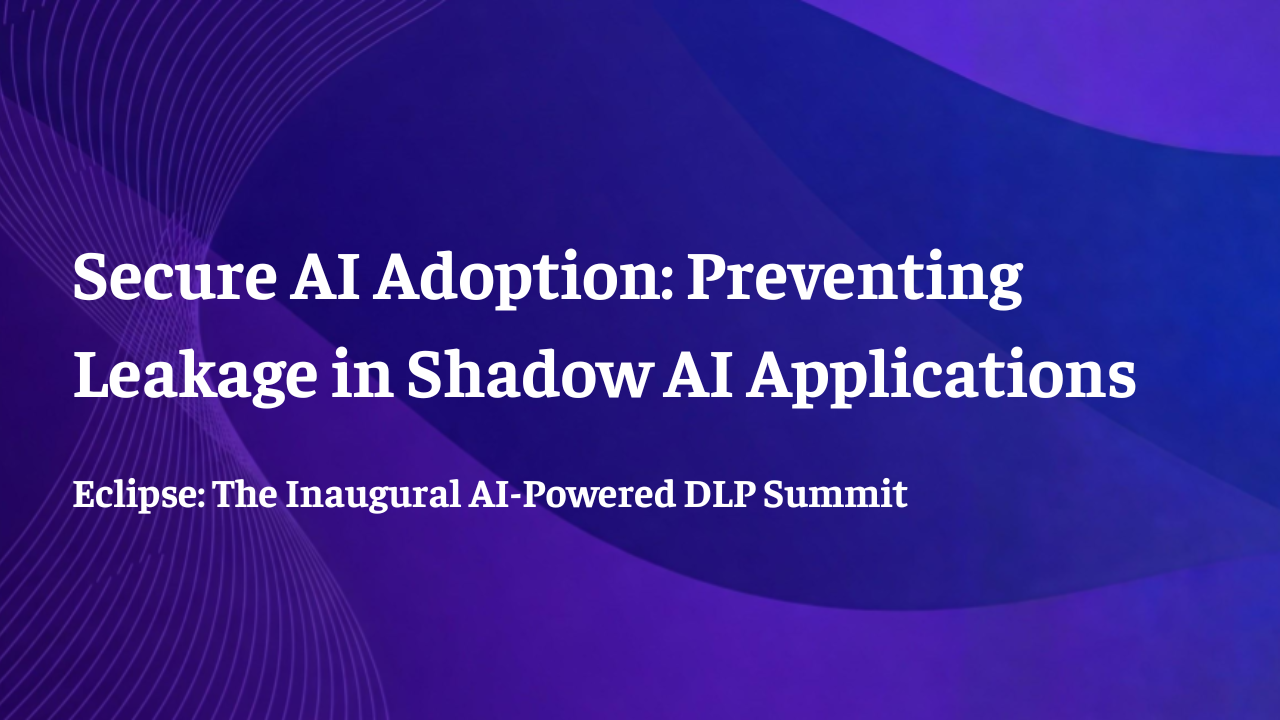






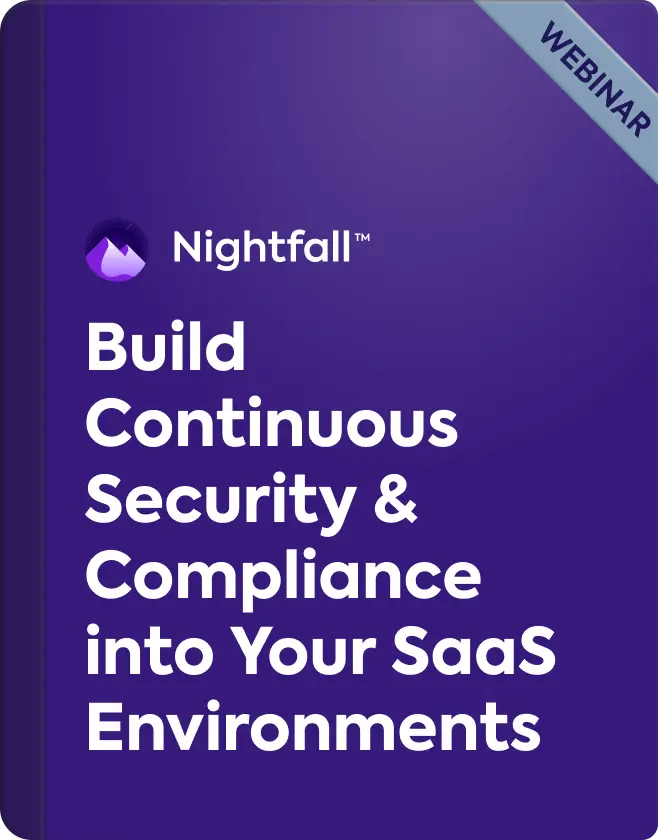
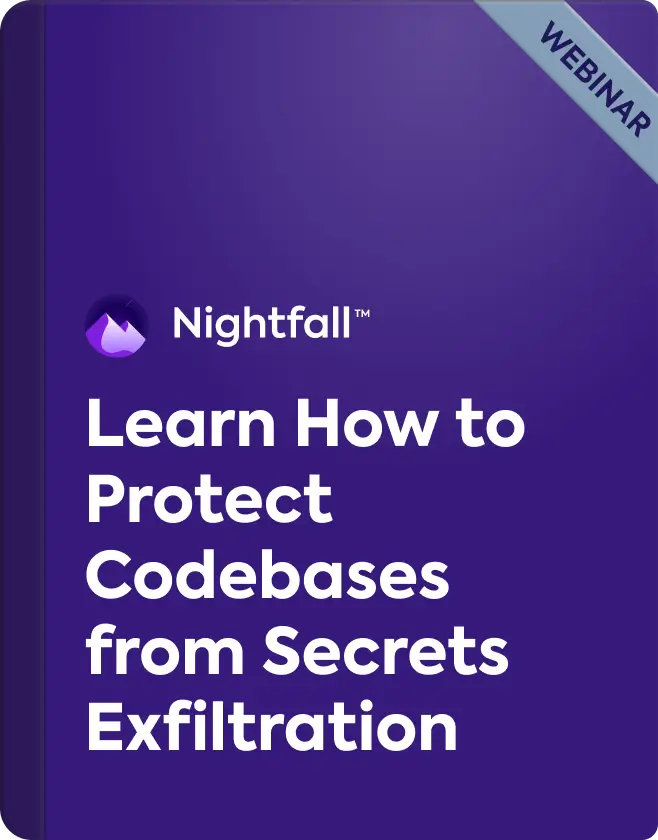

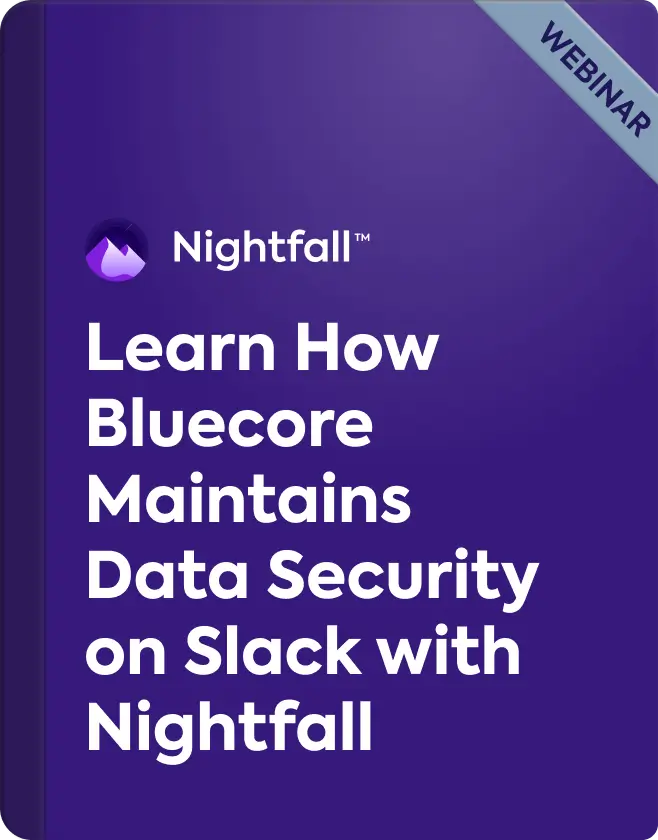

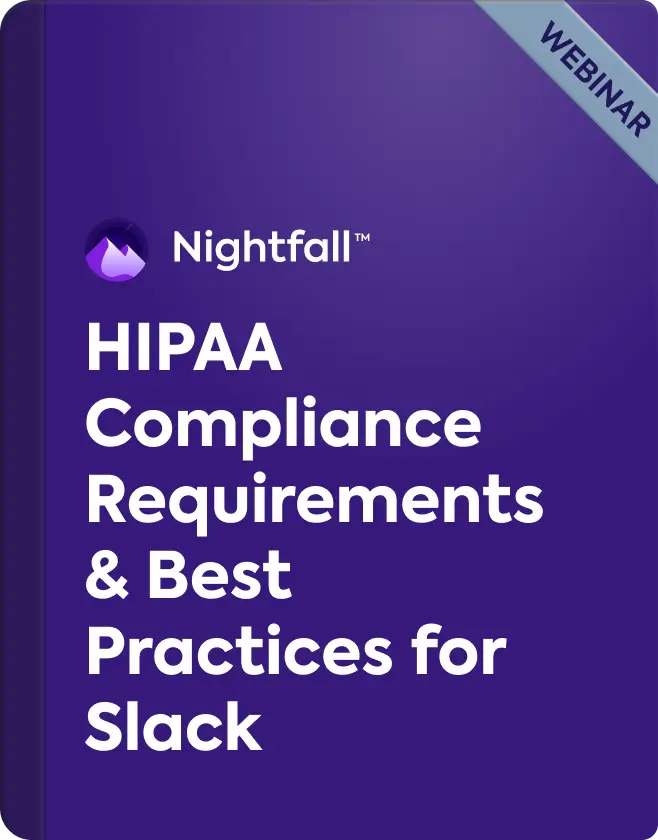
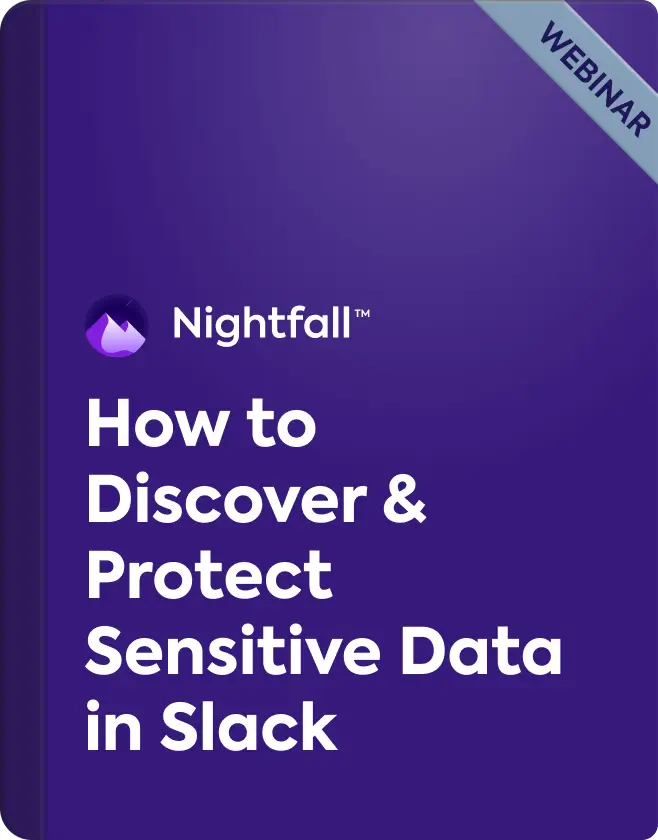

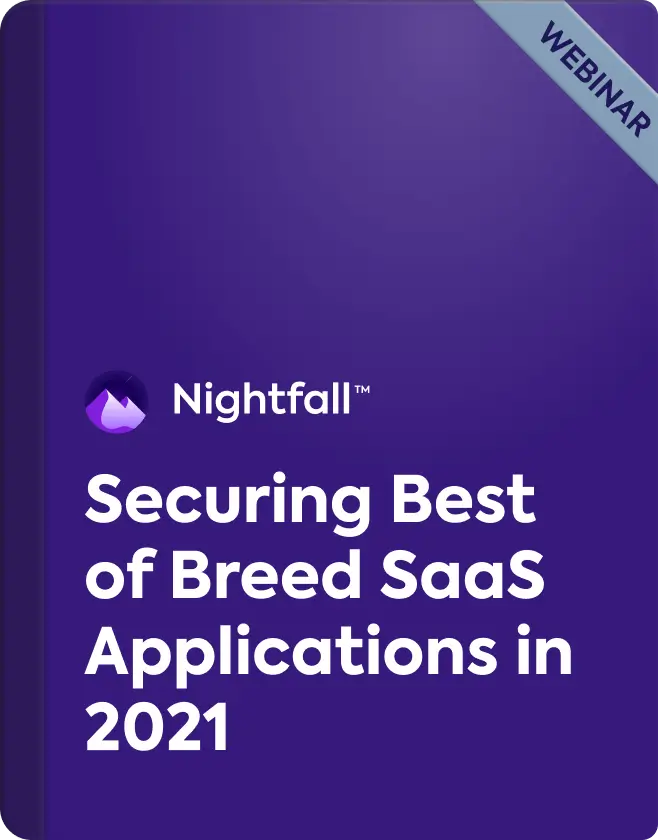


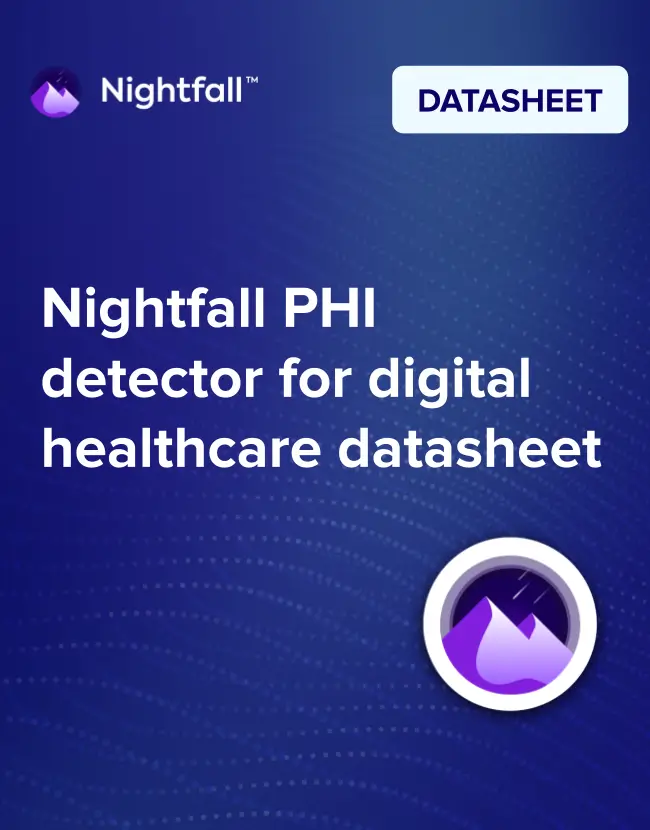
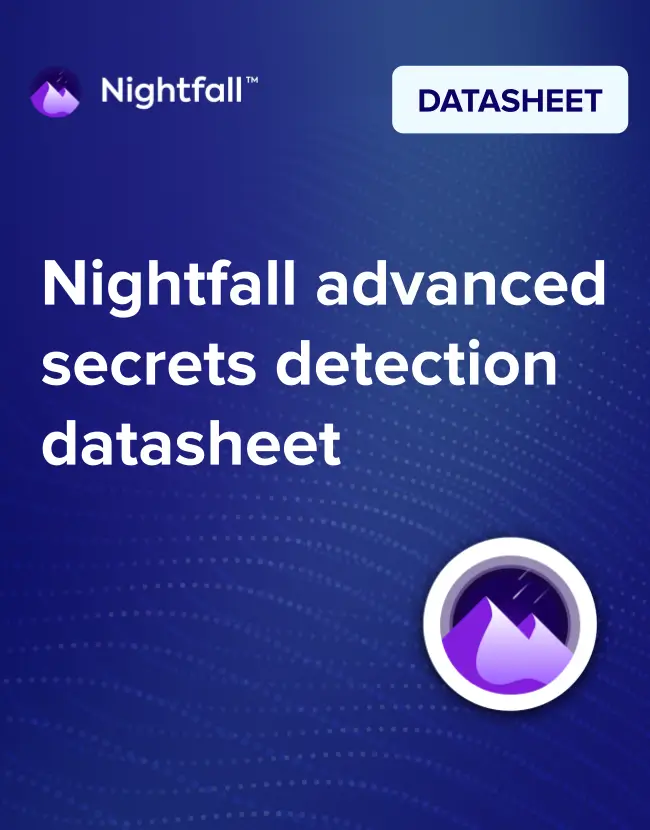


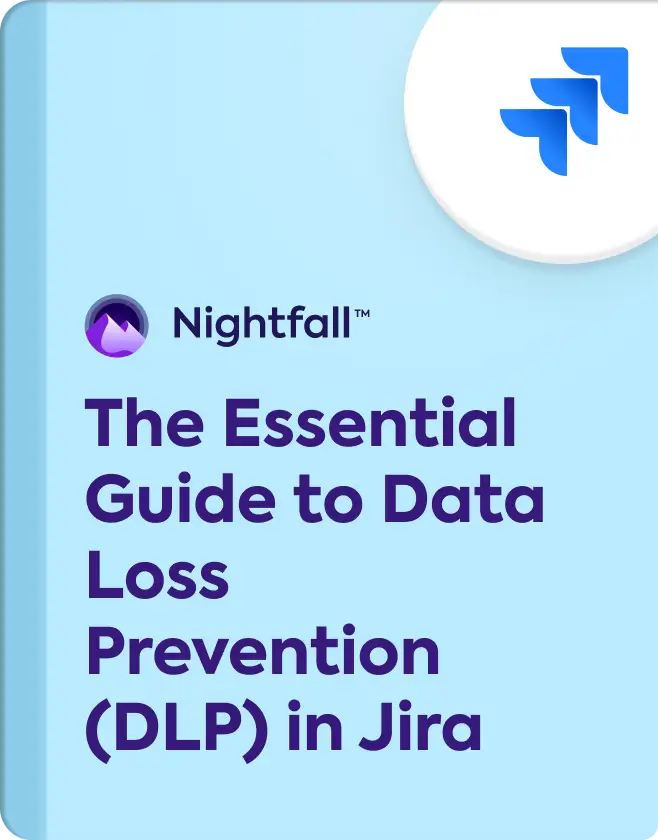



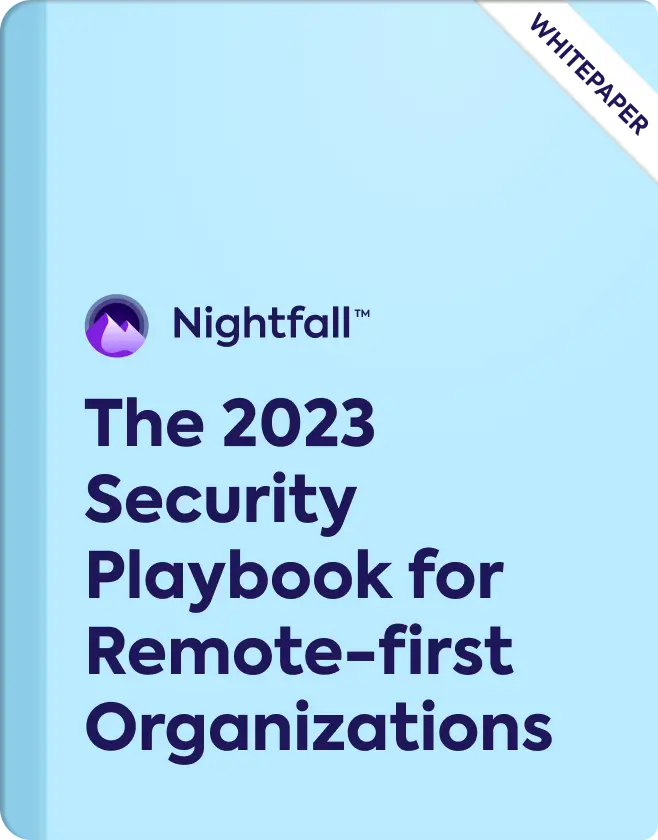
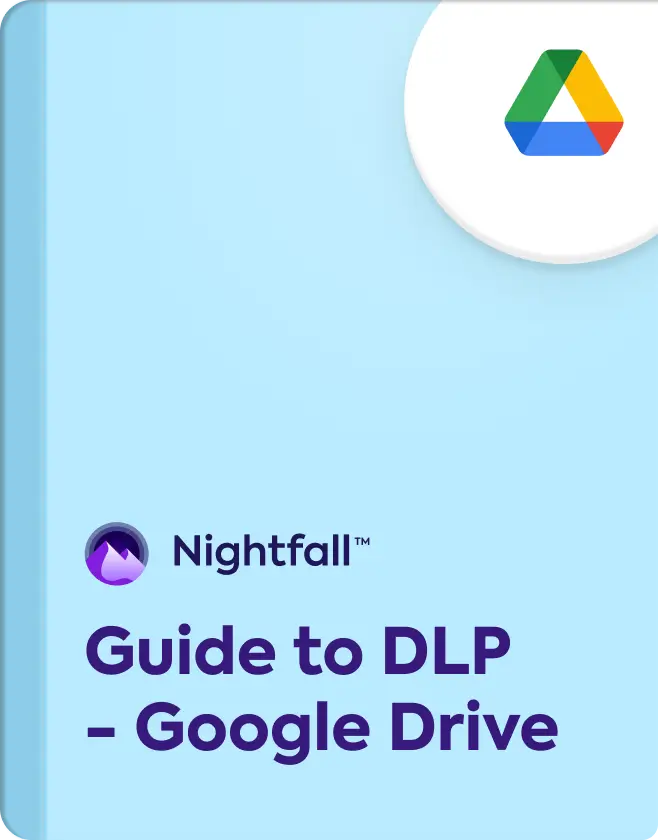
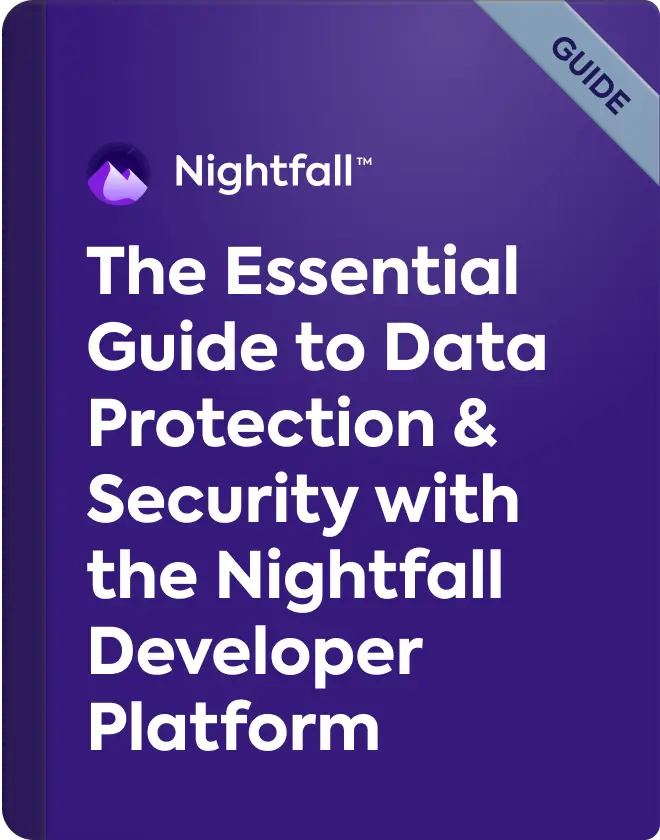



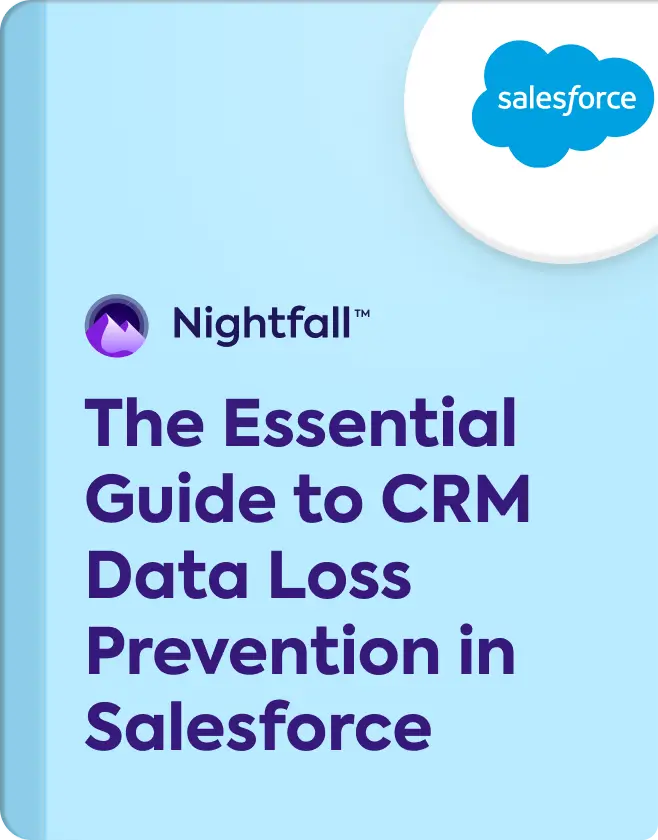
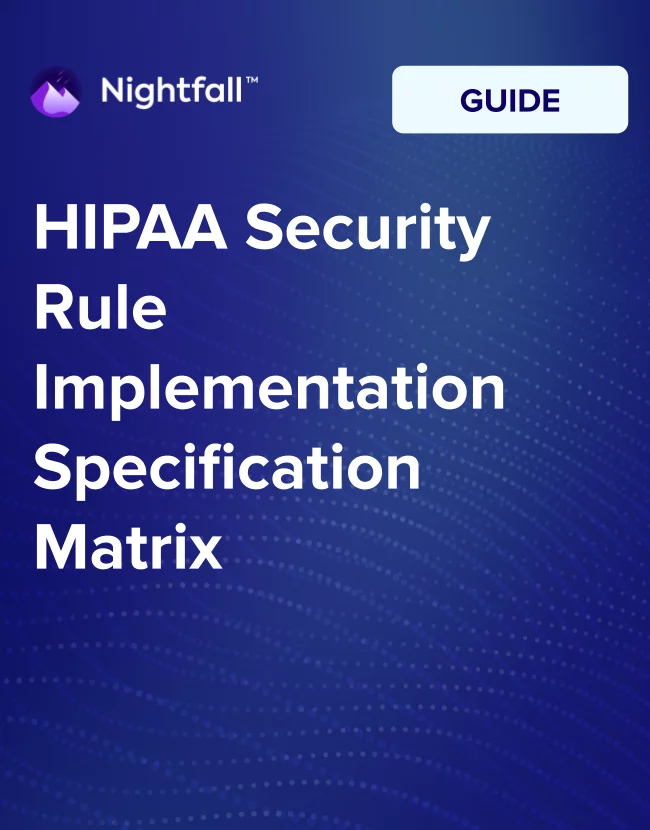
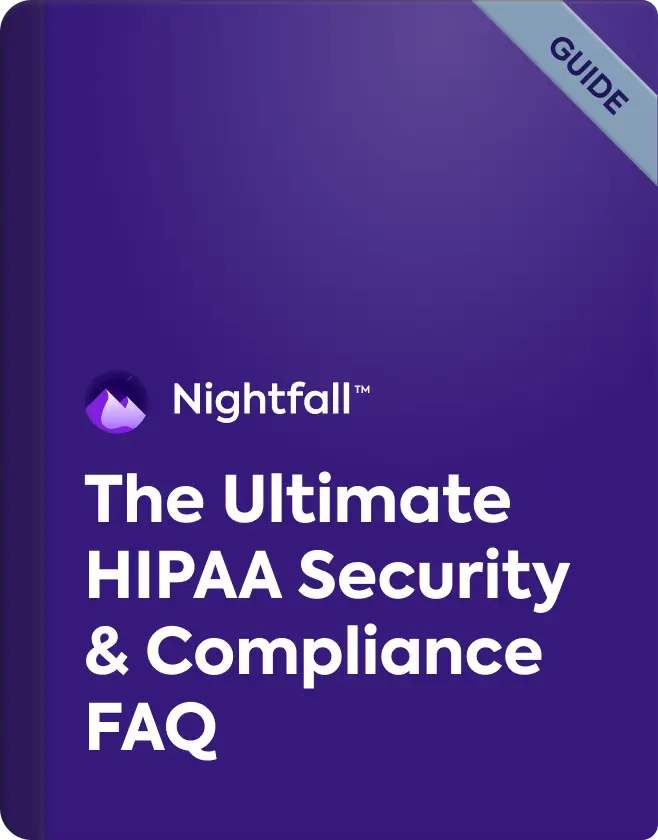


.webp)




![How To Create A Cloud Security Policy [+ FREE Template]](https://cdn.prod.website-files.com/636a8097561787193a27789e/671a1710bd8ef24644e70a93_20241024T0937-aa8b89ec-e026-4785-a654-9a41be85d60b.webp)












.webp)



